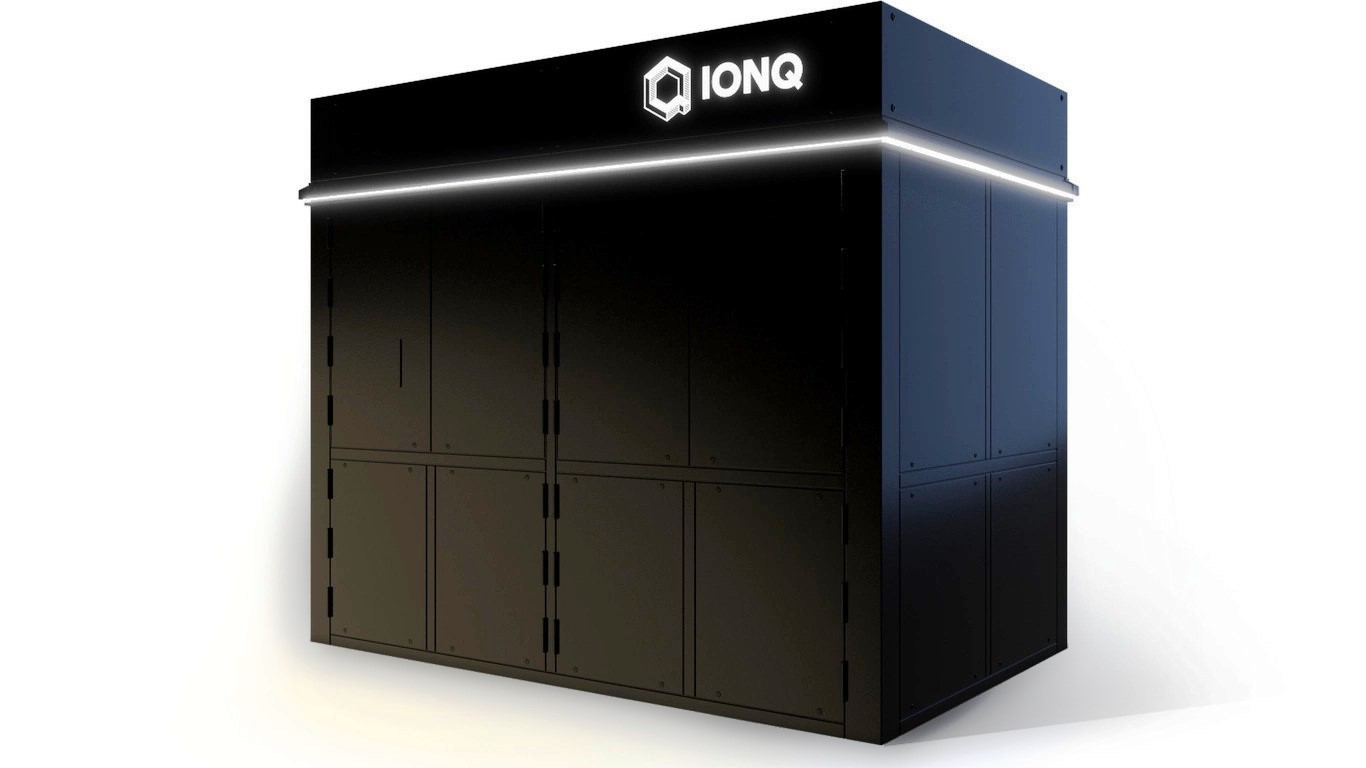
It would normally be huge news when a company sells almost $20 billion in debt. These days it seems like ‘just another corporate giant is raising cash’ as we have seen many large bond offerings. The reality is that corporations are raising massive amounts of cash to take advantage of the incredibly low interest rates.
This week’s bond calendar was dominated by a $19.75 billion bond offering from Microsoft Corporation (NASDAQ: MSFT). 24/7 Wall St. often looks through SEC filings ahead of time and after the fact to make sure there are not questionable issues inside of the filings. This one seems very straightforward and simple enough to understand.
The new capitalization, the debt schedule, shows that the pre-offering total debt maturity schedule was $112.78 billion and the post-offering capitalization is $132.426 billion. Those are not small numbers considering its $86 billion in annual sales during Fiscal Year 2016. Thomson Reuters sees revenues ahead coming in as follows: $93.9 billion in 2017, $99.7 billion in 2018 and $106.1 billion in 2019.
The notes and bonds have maturities ranging from 3 years to 40 years. The maturity schedule and size of each maturity was shown as follows:
- $2,500,000,000 1.100% Notes due 2019
- $2,750,000,000 1.550% Notes due 2021
- $1,500,000,000 2.000% Notes due 2023
- $4,000,000,000 2.400% Notes due 2026
- $2,250,000,000 3.450% Notes due 2036
- $4,500,000,000 3.700% Notes due 2046
- $2,250,000,000 3.950% Notes due 2056
24/7 Wall St. wanted to look at the ‘use of proceeds’ to make sure what this was for and that it was not just because of foreign cash or just for shareholder distributions. The bulk of it would seemingly be to pay for the LinkedIn Corporation (NYSE: LNKD) acquisition which was previously announced. As a reminder, that deal was set for roughly $26 billion. Microsoft’s SEC filing said:
The net proceeds from the sale of the notes will be used for general corporate purposes, which may include, among other things, acquisitions (including our previously announced acquisition of LinkedIn Corporation), funding for working capital, capital expenditures, repurchases of our capital stock and repayment of our existing debt.
The closing of our acquisition of LinkedIn is subject to a number of conditions, including, without limitation, the approval by the holders of at least a majority of the voting power of the outstanding shares of LinkedIn’s common stock entitled to vote on the transaction, regulatory approvals and other customary closing conditions. We can make no assurances that our acquisition of LinkedIn will be consummated on the terms or timeline currently contemplated, or at all. This offering is not conditioned on the closing of such acquisition and is not subject to an escrow arrangement or a mandatory redemption feature in the event that such acquisition is not consummated.
There was a huge underwriting syndicate, something that would be expected for such a large offering:
Joint Book-Running Managers — BofA Merrill Lynch, J.P. Morgan, Wells Fargo Securities, Barclays, Citigroup, Goldman Sachs, HSBC, and US Bancorp.
Co-Managers — Academy Securities, Blaylock Beal Van, CastleOak Securities, C.L. King, CAVU Securities, Drexel Hamilton, Lebenthal Capital Markets, Loop Capital Markets, MFR Securities, Mischler Financial Group, Ramirez & Co., Siebert Brandford Shank & Co., and The Williams Capital Group, L.P.
LinkedIn shares were last seen trading down 0.1% at $192.27 versus a 52-week range of $98.25 to $258.39. Its per share buyout is still $196.00 in cash.
Microsoft shares were last seen trading up 0.4% at $56.82. Its 52-week range is $39.72 to $57.29 and the consensus analyst price target is $59.50.
Thank you for reading! Have some feedback for us?
Contact the 24/7 Wall St. editorial team.





